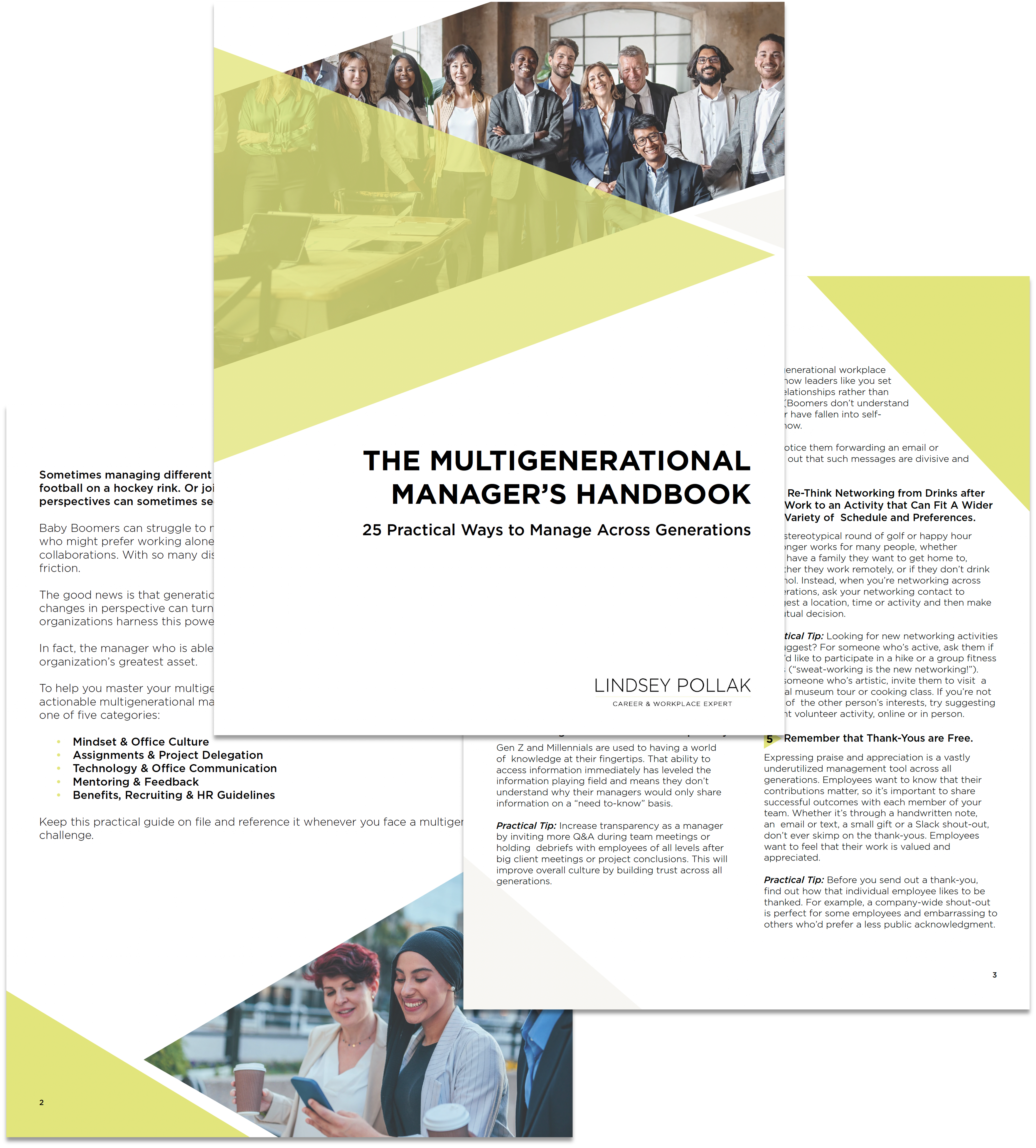As we sort through the lessons of 2020, a clear picture emerges of companies that thrived and those that floundered. Some industries and organizations succeeded by virtue of being in the right place at the right time, with a product or service uniquely suited to the situation. But the more engrossing story is those companies that—regardless of circumstances—created their own good fortune, ultimately emerging from the pandemic stronger than ever.
2020’s challenges were compounded by the fact that companies not only had to focus on their core mission of serving customers or clients, but also had to with maintain a strong employee culture remotely—from boosting the morale of their existing team to giving new hires a sense of belonging, even when they’d never met the team in person.
As part of the groundwork for my new book Recalculating, I collaborated with Cappfinity on a joint research project as we sought to understand some of the best practices that contributed to organizational success in these unprecedented times.
We conducted more than 50 interviews globally with heads of talent, DE&I and recruiting. Here are four common themes that emerged from the companies that were able to thrive despite the challenges of Covid-19:
1. Senior leadership embraced transparency.
A positive company culture had to flow from the top, and we heard great stories from organizations that found ways to capitalize on our new “virtual reality.” In many cases, senior leadership embraced the lack of geographical boundaries and delivered more town halls than ever in an effort to be transparent and communicative with employees.
Others offered “Ask Me Anything” (AMA) sessions in order to keep the dialogue flowing and ensure that employees felt included no matter where they were physically located. Team members were encouraged to share their feelings and concerns, even in areas such as wellness or mental health, which are sometimes considered out of bounds in a business setting.
Key takeaway: Employees no longer will accept a “need-to-know” framework, where information is concentrated at the top; in fact, they believe they do need to know about the company’s direction. We hope this level of visibility continues, even as we move towards a hybrid or in-person environment.
2. Successful companies ramped up their mentoring.
It’s easy to dismiss the importance of chance encounters in the hallway or informal chitchat before and after meetings until they’re gone. That’s why the innovative leaders we spoke with knew they had to prioritize mentoring opportunities for interns and entry-level employees in particular to compensate for the lack of in-person engagements that otherwise happen serendipitously.
One leading investment bank worked to address the lack of in-person apprenticeship opportunities for new analysts by expanding its traditional one-to-one mentorship model to now provide each new analyst with an expanded list of four contacts they could tap for guidance and support.
Beyond formal programs, several organizations focused on “learning by doing,” encouraging managers to invite junior associates to participate in more video calls and be cc-ed on more emails to increase their exposure to business norms that are hard to pick up remotely.
Key takeaway: Learning on the job doesn’t have to take place on the job when you create opportunities for both formal and informal mentoring. One reason that many companies are eager to return to an in-person setting is to facilitate these apprentice-style experiences, but we have seen they can be successfully replicated remotely with some creativity.
3. Diversity and inclusion earned a priority seat at the table.
2020 was the year when diversity, equity and inclusion became a focal point.
The horrifying deaths of George Floyd and Breonna Taylor spurred organizations to facilitate tough but enlightening conversations about race, and successful companies embraced the moment as a catalyst to encourage candid dialogue and even accept harsh realities about their current environment as they vowed to improve.
Companies turned to their Employee Resources Groups as trusted partners, treating them as internal consultants as they moved toward increasing diversity on boards and committees and expanding their reach to offer more events to candidates of color.
Key takeaway: Employees and customers alike expect companies to talk the talk and walk the walk in making diversity, equity and inclusion a priority, which will continue to take center stage in 2021.
4. Organizations let their employees decide what culture meant to them.
Remember back in the spring when Zoom trivia game and cocktails seemed fresh and fun? Those events—while enjoyable once (maybe twice)—soon lost their luster. We heard from many leaders that rather than dictating how their team should socialize, they’d leave it up to them.
One top law firm found that interaction and morale among junior attorneys improved when the younger cohort was invited to plan their own virtual social events, rather than having them sit silently on a forced social call with senior executives.
Key takeaway: Culture can’t be forced. Companies learned they can invite and create opportunity but not require it, and they realized that letting people decide their own “fun” was a lot more successful.
Finding candidates who will value your culture
In addition to the findings above, our research had a larger goal to support organizations in their recruiting and onboarding efforts. This resulted in the development and launch of the Cappfinity Virtual Experience and Engagement (VEE) platform. It’s designed to help organizations identify candidates with the optimal blend of strengths, skills and experience—but also the preferences and values—that will help them to continue to build culture and success in the “new normal” of 2021 and beyond.
As the work environment recalibrates, culture will continue to be a top priority for employers and employees alike. But “culture” is also highly individualized—and so it’s important for companies to be clear on the criteria they are looking for in applicants to help identify those who will thrive in their environment now and into the future.

